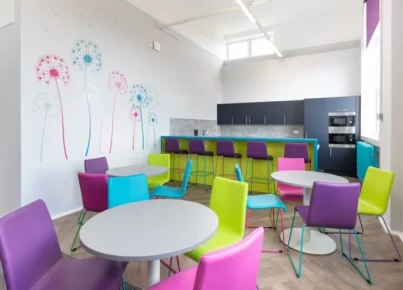Introduction
In the pursuit of academic excellence, continuous evaluation and improvement play major roles in ensuring schools provide the best education possible for their students. Regardless of the socioeconomic status or geographical location of a school, consistent efforts are required to enhance educational quality, facilitate student development, and maintain a stellar academic environment. The following case study presents an in-depth examination of a school’s journey towards improvement and the strategies implemented to effect positive changes.
Background
Eagle View Elementary School is located in an underserved area that has experienced consistently low performance over the years. The school caters to a diverse group of students from varied social, cultural and economic backgrounds. Following a series of poor academic outcomes, Eagle View launched an ambitious plan to revitalize itself and improve both the educational experience and performance of its students.
Setting Goals
Led by new Principal Sharon Gomez, Eagle View Elementary fashioned a clear vision and set realistic goals to achieve school improvement. The school utilized standardized exam scores, attendance rates, physical classroom conditions, faculty professionalism and parent involvement to gauge current performance levels. With this data as their foundation, Eagle View’s administration established precise objectives for academic success.
Developing Strategies
To drive effective change at Eagle View Elementary, Principal Gomez implemented a multi-faceted approach that was adaptive based on identified problem areas:
1. Collaborative teaching teams: Faculty members were encouraged to form productive teams focused on sharing best practices centered around lesson planning and assessment strategies.
2. Enhanced classroom environment: Efforts were made to engage students in interactive learning spaces and foster more teacher-student engagement.
3. Data-driven instruction: Teachers consistently tracked student progress using data-driven tools that allowed them to monitor successes and identify problem areas.
4. Parental involvement: The school sought increased participation from parents through regular meetings and workshops.
Support Mechanisms
Transforming Eagle View Elementary also required developing support mechanisms that optimized resources while addressing potential challenges. This entailed securing financial assistance from government grants and local community partners while empowering faculty members through training and development programs, guided by experienced mentors. Additionally, Eagle View implemented innovative classroom technology to streamline learning and enhance student engagement.
Evaluation and Sustainability
Eagle View Elementary measured the efficacy of its improvement strategies over an eight-month period, using a variety of techniques such as benchmarks, standardized exams, teacher evaluations, and parental feedback to assess progress.
Through these measures, the school experienced:
– 17% improvement in standardized test scores
– 5% increase in attendance rates
– A marked increase in parent participation in school activities
Conclusion
Eagle View Elementary’s case study demonstrates that achieving school improvement is a multifaceted process requiring clear goals and strategic action plans. Educational institutions looking to follow in their footsteps can learn from their approach – forging collaboration among staff, focusing on data-driven instruction and constant evaluation of outcomes will yield remarkable progress in any school environment.




